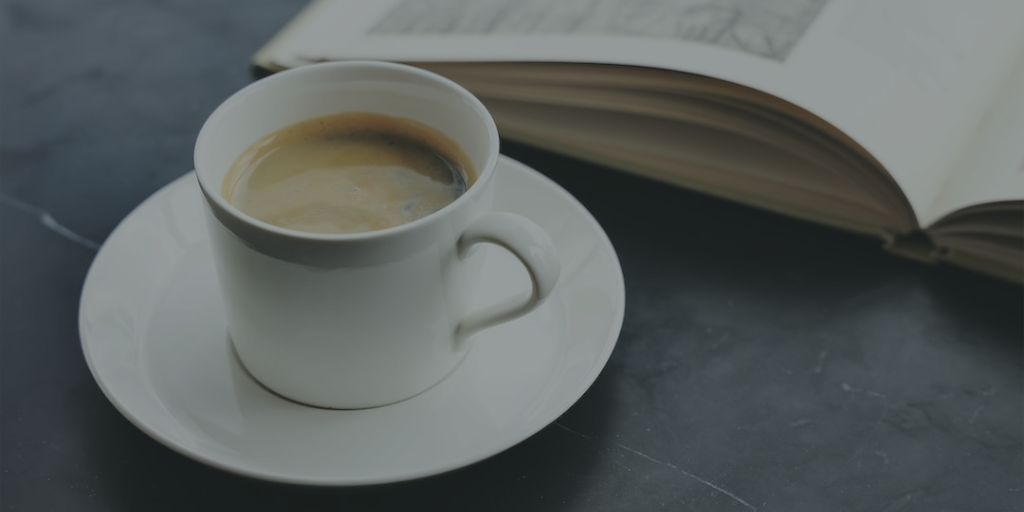Every now and then, a familiar ache befalls leaders. The glare of our computer screen appears to suddenly intensify. Our eyes read the same sentence two or three times, yet we struggle to extract its meaning. Even if we began the day or week with energy, our daily to-do list and flooded inbox begin to overwhelm our ability to be attentive. Often, this is a sign that our brain needs a break. There is only one problem; it’s easy to convince ourselves that we don’t have time for a break when we are trying to get things done.
Many people consider taking a break as the exact opposite of work. Some people may even feel guilty or weak when the idea of taking a break is brought up. Still, research reveals that practicing periodic breaks throughout the day is crucial to restoring motivation, preventing decision fatigue, increasing creativity, and improving mental and physical health. The research is clear; when leaders make good use of their breaks, they and their organizations are better for it.
One might ask, how many breaks does a person need in a day?
The research isn’t clear on that topic. Some studies suggest taking shorter breaks (5 to 10 minutes) every hour or so, while others insist it’s longer breaks (at least 30 minutes) every two to four hours. The answer truly could be relative to each person, but the core message is still the same—our brains get diminishing returns without periodic breaks. Whether you take a micro-break or a more extended break, we encourage you to practice and see what works for you.
Here are a few ways to use your breaks that could help you refuel your mental resources.
Movement breaks. It’s been said, “a body in motion stays in motion.” Get up and move your body. If you have time, go for a 10-minute walk. You may even consider using your longer breaks to go for a run or to go for a gym session. If you truly don’t have a lot of time, just get up and stretch your body. Even small movements like this have been shown to positively impact both focus and short-term memory formation.
Mental breaks. Take a moment to do a short meditation or breathing exercise. Experts have found that these practices increase brain oxygen and improve cognitive and empathic capabilities. Even letting our mind daydream for a bit has been shown to have mental benefits.
Nature breaks. Go outside and take in some sunlight. If there’s a park nearby your place of work, even better. Studies indicate that nature has a positive impact on our mental health. You could also take a moment to just pet your dog if you have one handy. This may sound strange to some, but research has shown that our oxytocin levels increase when gazing into a pet’s eyes. Oxytocin is sometimes called the “cuddle drug” because it is released when two creatures bond emotionally and is linked to our mental renewal system.
Social breaks. Human beings are social creatures. Social breaks, such as chatting with our teammates and friends, have been shown to have a positive association with feeling recovery and renewal.
Creative breaks. Let your mind embrace the arts by taking a break to doodle, listen to music, or read a book. These activities have been shown to provide a healthy break that detaches us from the stress of our work and helps us experience refreshment. Creative breaks are especially convenient if you feel like you can’t leave your desk.
—–
From Exploration to Action: Choose a couple of breaks—for instance, a micro-break every hour and two more significant breaks during the day—and put them in your calendar. Consider inviting a colleague or a friend to the “break time” so you can catch up, brainstorm, and support each other.


















